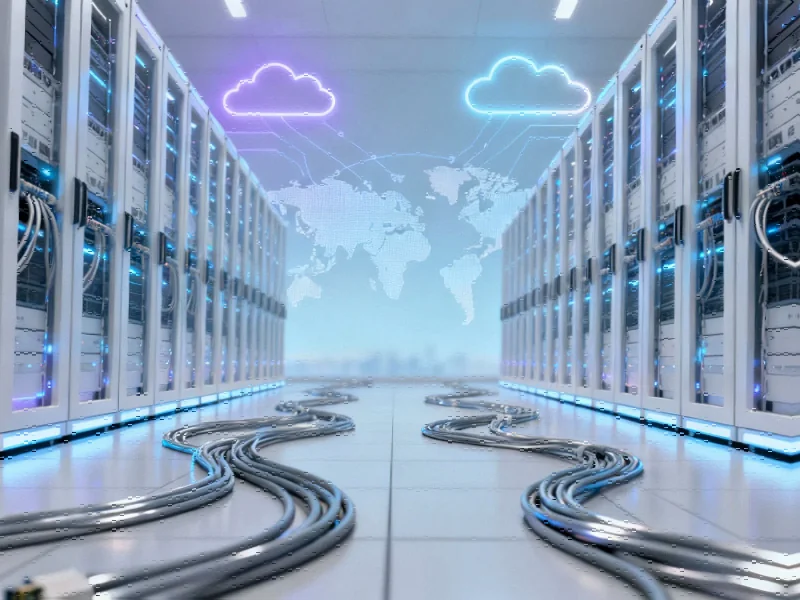The Domino Effect of Digital Dependency
When Amazon Web Services experienced significant disruptions during overnight and early morning hours ET on Monday, the internet’s fundamental fragility was exposed. What began as technical issues in AWS’s US-EAST-1 Region cascaded into real-world consequences affecting airlines, streaming services, communication platforms, and financial apps simultaneously. The outage demonstrated how our increasingly connected world rests on surprisingly few digital pillars.
According to user reports on Down Detector, the disruption impacted services ranging from United Airlines and AT&T to Disney+, HBO Max, and Venmo. Even Amazon’s own services like Prime and Alexa weren’t immune. As Notre Dame IT professor Mike Chapple explained to CNN, “Amazon had the data safely stored, but nobody else could find it for several hours, leaving apps temporarily separated from their data. It’s as if large portions of the internet suffered temporary amnesia.”
The Technical Breakdown: DNS Failure and Network Connectivity
The core issue centered around DNS (Domain Name System) problems that prevented services from accessing Amazon’s DynamoDB database. DNS functions as the internet’s phonebook, translating website names into IP addresses computers can understand. When this system faltered, the digital ecosystem experienced what cybersecurity expert Rafe Pilling described as “a major upset” given AWS’s “far-reaching and intricate footprint.”
Amazon’s AWS Health Dashboard initially indicated resolution around 6:35 a.m. ET, stating the DNS issue had been “fully mitigated.” However, the relief proved temporary as network connectivity issues resurfaced later Monday morning, causing additional disruptions to services like Venmo and Boost Mobile. This secondary wave of problems highlighted the challenges in restoring complex cloud infrastructure after significant failures.
The Bigger Picture: Concentration Risk in Cloud Computing
Monday’s outage underscores a critical vulnerability in our digital infrastructure: the overwhelming concentration of internet services among a handful of cloud providers. As major technology companies continue to dominate market share, incidents like this AWS disruption reveal systemic risks affecting millions simultaneously. This concentration has prompted calls for greater diversification in cloud computing from digital rights advocates.
Dr. Corinne Cath-Speth of Article 19 emphasized to The Guardian that “the infrastructure underpinning democratic discourse, independent journalism, and secure communications cannot be dependent on a handful of companies.” This perspective aligns with broader concerns about how major cloud disruptions impact not just convenience but essential services and free expression.
Broader Industry Implications
The AWS incident occurs amid significant technology market movements and strategic partnerships across the sector. Companies are increasingly evaluating their cloud dependencies while pursuing strategic technology alliances that might mitigate single-point failures.
Meanwhile, regulatory scrutiny continues to intensify, with antitrust concerns emerging in multiple jurisdictions. The conversation around infrastructure concentration intersects with ongoing cybersecurity discussions and geopolitical tensions affecting global technology networks.
Beyond Technology: Environmental and Economic Dimensions
The infrastructure supporting our digital world carries significant environmental implications that extend beyond immediate service disruptions. Recent environmental impact assessments of various industries provide context for understanding the broader footprint of our digital infrastructure.
As companies navigate these complex industry developments, the balance between efficiency, reliability, and diversification remains challenging. The AWS outage serves as a stark reminder that as our dependence on cloud infrastructure grows, so does our vulnerability to its failures—prompting necessary conversations about building more resilient digital ecosystems for the future.
This article aggregates information from publicly available sources. All trademarks and copyrights belong to their respective owners.
Note: Featured image is for illustrative purposes only and does not represent any specific product, service, or entity mentioned in this article.



